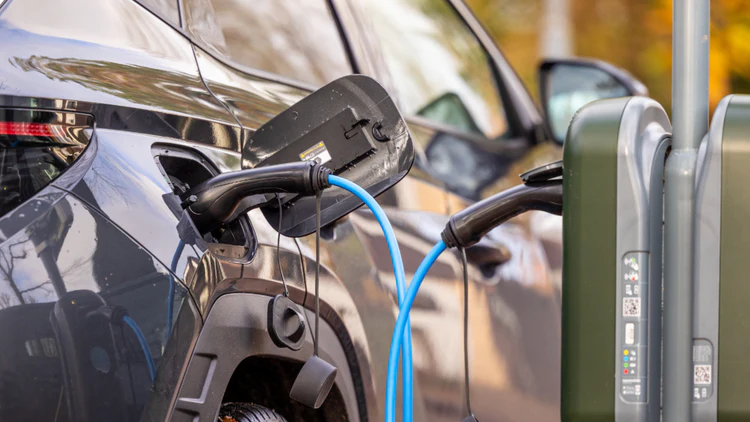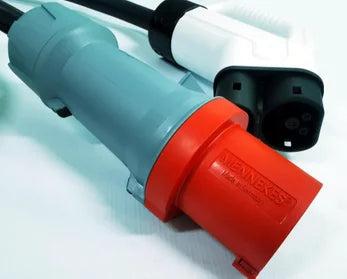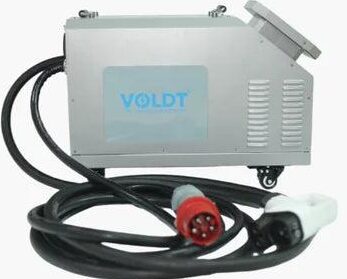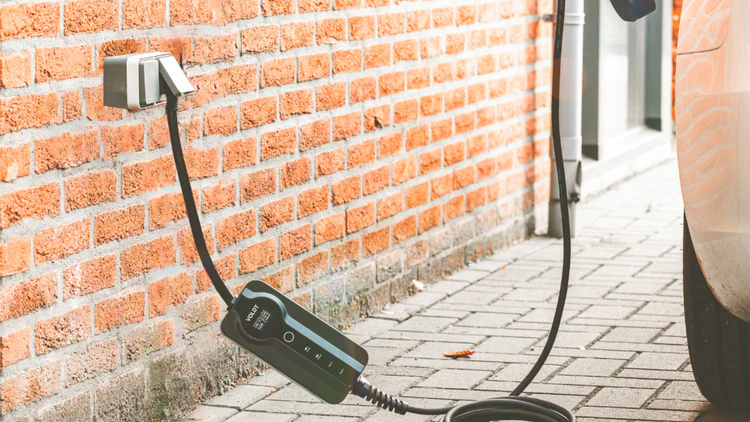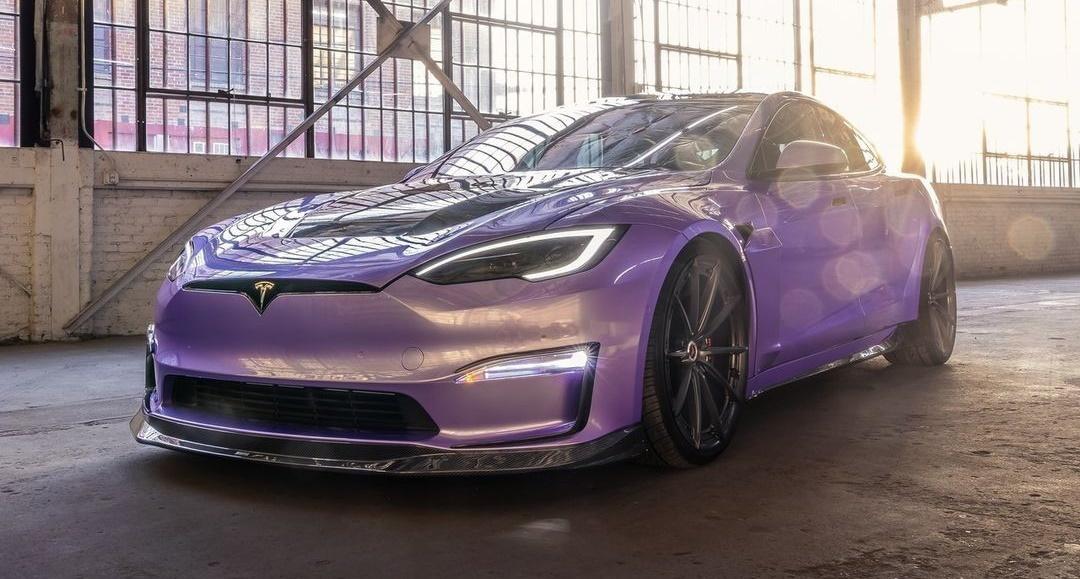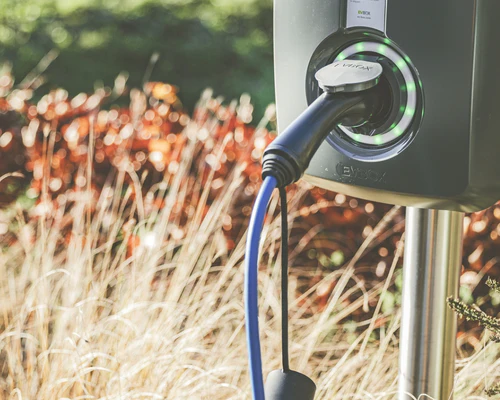Electromobility has gained momentum in Germany in recent years, and the proliferation of electric vehicles (EVs) has become a major concern for consumers, automakers and the government. A key part of this movement is charging technology, which is constantly evolving to meet the needs of a growing fleet of EVs. Germany is at the center of these changes, and it is here that a variety of chargers are making themselves felt, influencing the market and use of electric vehicles. In this article we take a look at these chargers, how they shape the German market today and what innovations will shape the future of electromobility in Germany.
The variety of chargers in Germany
Germany is a country of engineering and technology, and this is reflected in the variety of chargers that can be found here. From simple household plugs to powerful quick charging stations, the so-called “high-power chargers”, there is a large selection of charging options for EVs. These chargers can be divided into two main categories: portable chargers and stationary charging stations.
Portable chargers are often referred to as 'bricks' and are typically the accessories that come with an EV. They serve as emergency chargers and offer a slower charging speed via a conventional socket. Stationary chargers, on the other hand, are the real power in the EV charging world. They can charge a wide range of EVs at a much higher speed, and can be found in both private and public sectors. In particular, companies like Ionity and Allego operate a network of high-capacity charging stations that allow EV owners to charge their vehicles in a short period of time.
Type 1, Type 2 and CCS – Which charging system is the right one?
Another important feature is the type of charging port, which may vary depending on the vehicle model. Type 2 chargers are widespread in Germany as the Type 2 connection has become the standard for public charging stations. These offer advanced features such as the combined charging connector (CCS), which not only allows the battery to be charged, but also allows the vehicle to communicate with the station for an optimal charging experience.
The charging technology of today and tomorrow
While we see many different chargers on the market today, the next innovations are already in the starting blocks. The German automotive industry and its suppliers are working on next-generation charging technologies to meet the increasingly demanding needs of EV drivers.
Inductive chargers
- A promising technology currently in development is inductive charging. Inductive chargers transmit electricity through electromagnetic fields without physical contact between the charger and the vehicle. If this technology matures and becomes available on the market, it could significantly improve the convenience and flexibility of electric mobility, as “refueling” could be as easy as parking over a charging mat.
Ultra-fast charging stations
- In addition to new charging technology, manufacturers continue to focus on improving existing technologies. Ultra-fast charging stations, which enable even faster charging, are the next step after current high-performance charging stations. These stations could be able to charge EVs' batteries in just a few minutes, which would undermine the main argument against electric vehicles - the long charging time.
Impact on electromobility
The further development of charging technology is already having a significant impact on electromobility in Germany. The increasing number of charging stations and the increasing capabilities of these chargers are making electric vehicles more practical and attractive to the general public.
The green electricity revolution
- Another important point is the origin of the charged current. While an EV is more environmentally friendly than a traditional gasoline or diesel car, this is only true if the electricity charged comes from renewable sources. This green power revolution goes hand in hand with the growing number of EV charging stations and could lead to even greener mobility.
Integration of renewable energies
- However, the power grid must keep pace with the growing demands of electromobility. Integrating renewable energy such as solar and wind power into the electricity grid is crucial to provide a sustainable solution. Furthermore, there is networking of charging stations for electric cars with the power grid is another approach to increase flexibility and make charging processes more efficient.
Conclusion: Electromobility is on the rise
Charging technology is a central driver for the acceptance and growth of electromobility in Germany. With such a variety of chargers, innovations on the horizon and a constantly growing infrastructure, the course is set for greener mobility. The future of electromobility will be determined not only by the number of EVs sold, but also by the charging experience and infrastructure. Chargers are therefore not just a technical detail, but a key element for sustainable mobility in Germany.
thematically relevant posts
In our category Tips, products, information & Co We have reviews of car or accessories manufacturers, new ones Tuning Wiki Terms or one or two leaks published.
 tuningblog.eu Your magazine about tuning the car
tuningblog.eu Your magazine about tuning the car
